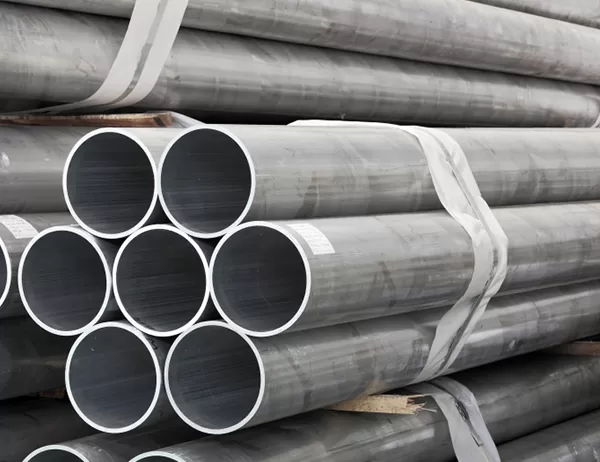Aluminium frame profiles have emerged as a cornerstone of modern commercial building design, offering a plethora of benefits that enhance both the aesthetics and functionality of architectural structures. Their versatile nature and durability make them the preferred choice for a wide range of applications, from sleek curtain walls to robust structural support systems.
Aluminium frame profiles significantly contribute to the aesthetic appeal of commercial buildings. Their sleek and modern design complements various architectural styles, from contemporary to classic. Moreover, the ability to customize colour, texture, and shape allows architects to create unique and visually captivating facades. The reflective qualities of aluminium enhance the radiance of buildings, making them stand out in the urban landscape.
Aluminium frame profiles exhibit exceptional structural strength and rigidity, making them ideal for load-bearing applications. Their high yield strength allows them to withstand wind loads, seismic forces, and other environmental stresses. Moreover, aluminium’s resistance to corrosion and oxidation ensures long-term structural integrity, even in harsh weather conditions. This durability significantly reduces maintenance costs and extends the lifespan of commercial buildings.
Aluminium frame profiles play a vital role in enhancing the energy efficiency of commercial buildings. Their thermal break technology effectively insulates against heat transfer, reducing energy consumption for heating and cooling. The lightweight nature of aluminium reduces thermal mass, minimizing thermal gains and losses. By optimizing thermal performance, aluminium frame profiles contribute to reduced operating costs and a more sustainable built environment.
Aluminium frame profiles possess inherent fire resistance, making them an integral part of passive fire protection systems. Aluminium does not ignite or emit toxic fumes, significantly reducing the risk of fire spread. Its high melting point and low thermal conductivity ensure that aluminium frame profiles can withstand high temperatures, preserving structural integrity during fire events. This feature enhances occupant safety and complies with stringent building codes.
Aluminium frame profiles are renowned for their environmental friendliness. Aluminium is a recyclable material with a high scrap value, reducing waste and promoting sustainability. The powder coating process used to finish aluminium frames minimizes the use of volatile organic compounds (VOCs), contributing to better indoor air quality. Additionally, aluminium’s durability eliminates the need for frequent replacements, reducing resource consumption over the building’s lifespan.
The incorporation of aluminium frame profiles in commercial building design has revolutionized the industry. Their combination of aesthetics, structural performance, energy efficiency, fire safety, and sustainability make them an indispensable component of modern architectural marvels. As the demand for innovative and sustainable building solutions continues to grow, aluminium frame profiles will undoubtedly remain at the forefront of commercial building design. Their versatility, durability, and commitment to environmental stewardship make them the preferred choice for architects, engineers, and clients alike, shaping the future of urban skylines.




